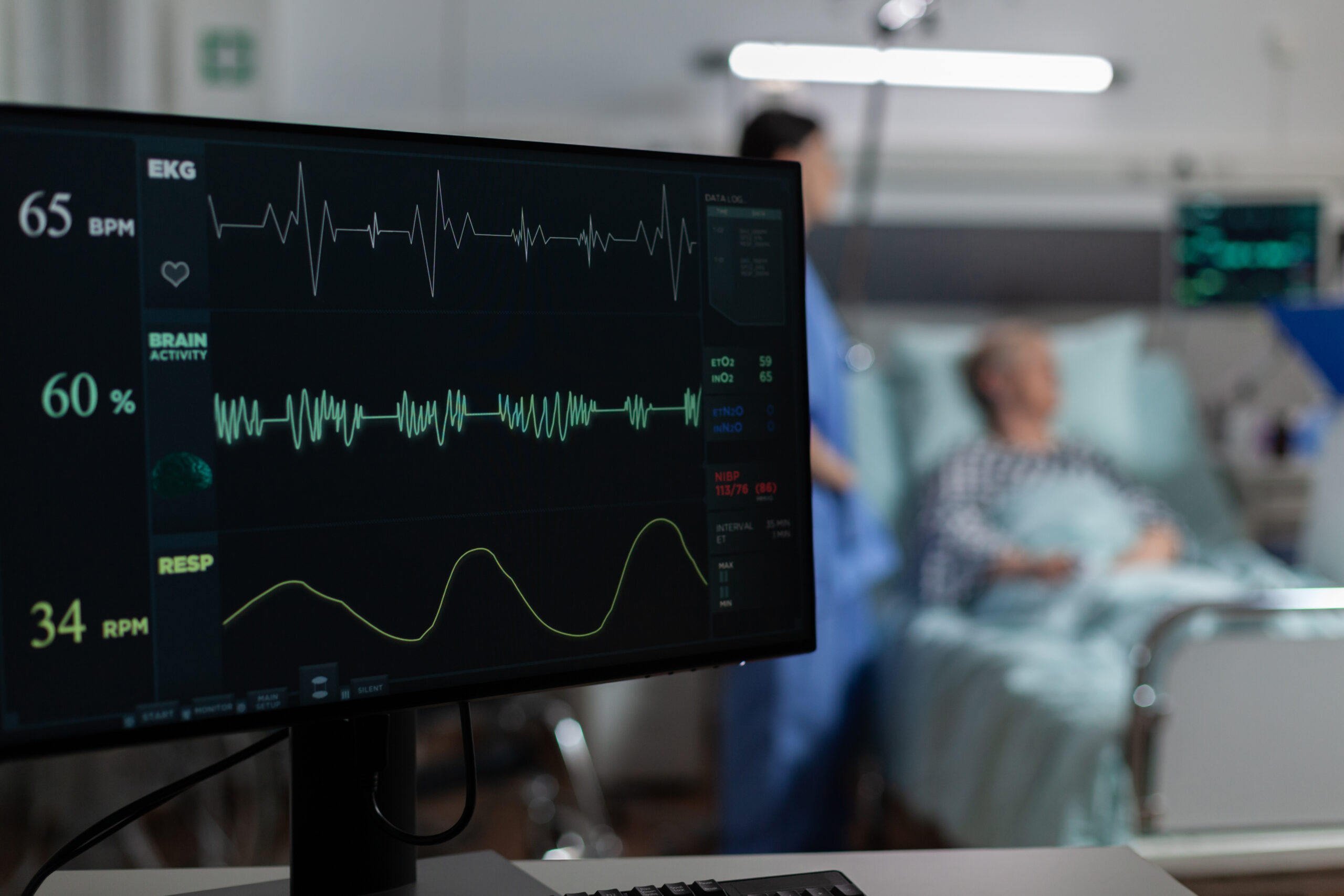
Remote patient monitoring (RPM) technology has enabled a digital transformation of the healthcare system, including the field of physical therapy. By integrating RPM into physical therapy practices, providers including physical therapists, rehabilitation centers, hospitals, outpatient clinics and sports medicine centers can ensure continuous monitoring, personalized feedback, and optimized treatment plans for their patients.
The COVID-19 pandemic highlighted the essential role of RPM, leading PTs and OTs to advocate for its use through specific billing codes.
This important advocacy by the American Physical Therapy Association (APTA) highlights the significant benefits of integrating Remote Patient Monitoring (RPM) in physical therapy. By harnessing the power of RPM, healthcare providers can deliver personalized care, optimize treatment outcomes, and enhance patient engagement.
We explore how Remote patient monitoring is revolutionizing physical therapy, promoting improved outcomes and enhanced patient care.

RPM facilitates the remote delivery of physiotherapy services. Wearable devices or motion sensors allow physiotherapists to remotely monitor exercise adherence, range of motion, muscle strength, and relevant metrics. This enables therapists to track progress, provide feedback, and adjust treatment plans without in-person visits.

For athletes recovering from sports injuries, RPM supports their rehabilitation process.
Remote Patient Monitoring Helps Orthopedic Surgeons Improve Patient Outcome
Wearable devices and sensors, like knee sensors, track important factors such as swelling, joint stability, muscle activation, and movement patterns. They provide valuable data for physical therapists to remotely assess recovery progress, identify biomechanical issues, and customize treatment plans and exercise progressions for optimal recovery.

For performance optimization in physical therapy, various portable medical devices can be used. These include wearable sensors, motion trackers, force plates, and smart training equipment. These may include:
RPM aids in tracking athletes’ performance and monitoring potential injury risk factors. By monitoring biomechanics, muscle imbalances, movement patterns, and workload metrics leveraging these medical devices, physiotherapists identify areas for improvement, implement injury prevention strategies, and optimize training programs remotely.

Remote patient monitoring (RPM) platforms support general health and wellness programs. Through video calls and integration with wearable devices, physiotherapists and fitness trainers remotely manage programs for weight and diabetes management, and assess users’ progress.
Remote patient monitoring (RPM) is revolutionizing physical therapy by enabling remote monitoring, personalized care, and improved patient engagement. By harnessing the power of RPM, physical therapists optimize treatment outcomes and deliver high-quality care, transcending traditional clinical settings.
We hope this blog has shed light on the transformative potential of RPM in physical therapy and the immense benefits it brings to both patients and providers. By embracing RPM, we can shape the future of physical therapy and elevate the standards of patient care.
Explore our Remote Patient Monitoring(RPM) solution for more information.

From 25–29 September 2025, SmartFuture was honored to participate in the China International Medical Equipment Fair (CMEF) in Guangzhou, one...

In the dynamic world of healthcare, nursing homes play a crucial role in providing care for the elderly and those...

In the ever-evolving landscape of healthcare, the concept of “Hospital at Home” is emerging as a transformative model of patient...
Follow our newsletter. We will regulary
update our latest
project and availability.

© 2025 SmartFuture - All Rights Reserved